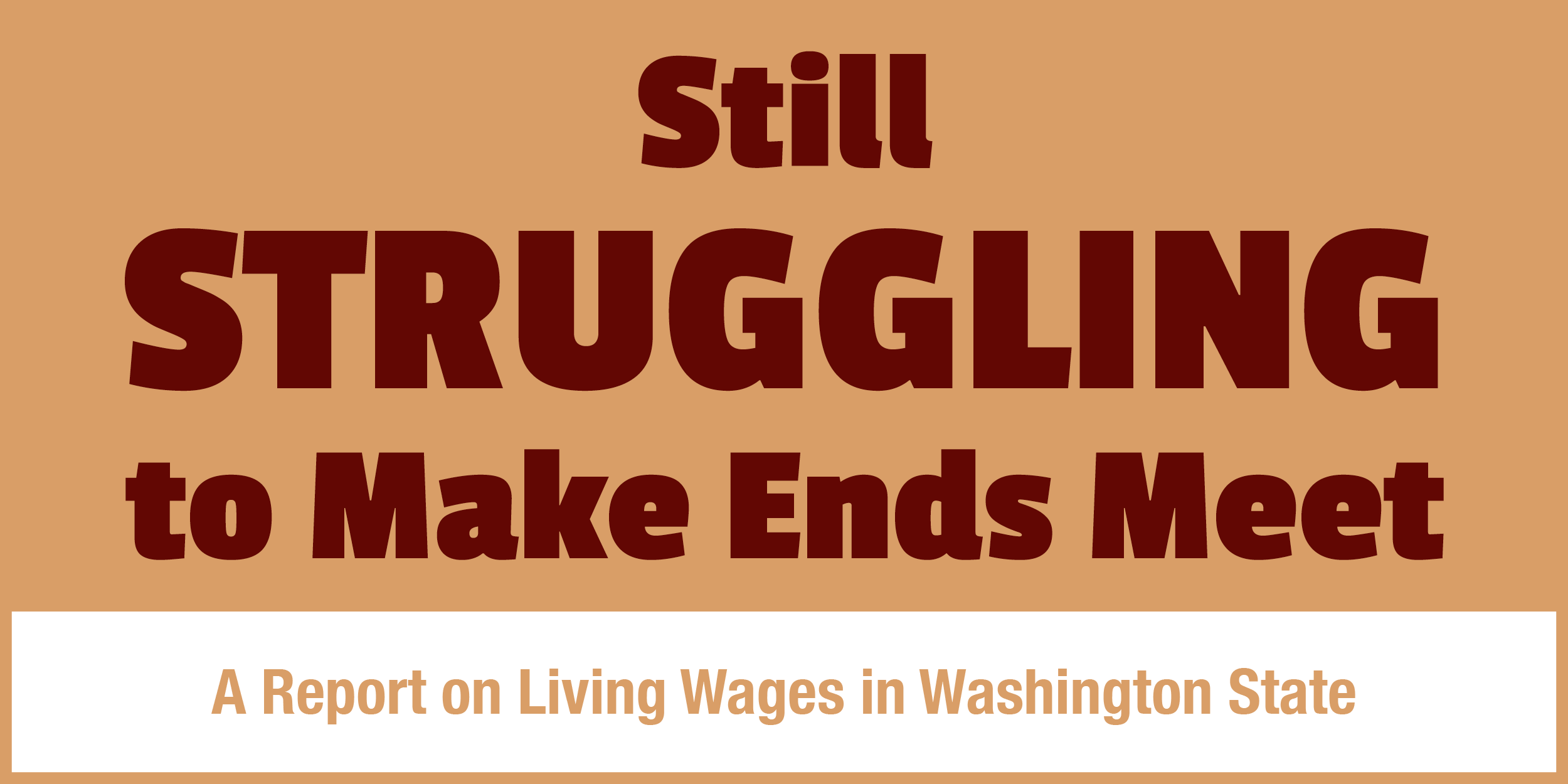
Workers across the country face difficulties making ends meet; the same is true in Washington State. Two years ago, in an attempt to help the minimum wage keep pace with increased cost of living, voters in Washington State approved Initiative 1433. While that provided a much-need- ed boost to the state’s minimum wage, workers and their families continue to struggle with a wage that doesn’t allow them to meet all of their needs.
While Initiative 1433 has increased the minimum wage faster than would have occurred with previous inflation-based adjustments, the state minimum wage still falls short of a living wage.
A living wage is the amount a full-time worker must be paid in order to make ends meet, including setting aside money for emergencies and for some savings. In Washington State, the statewide living wage for a single adult is $17.85 per hour, or $37,123.06 per year, far exceeding the current state minimum wage of $11.50. A worker with no dependents who is paid minimum wage must work 62.1 hours per week to make ends meet.
For working families with children, the cost of living is even greater. Statewide, a single adult with two children must be paid $34.90 per hour or more to make ends meet. Even in a two-parent family with two children, where both parents are working, each parent needs to be paid at least $22.06 per hour to meet all of their family’s needs.